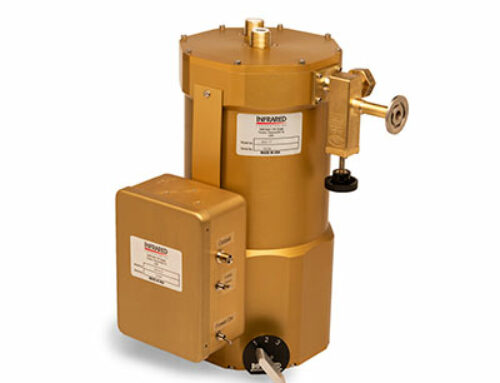Cryogenics is a fascinating technology with an array of applications that are being added to all the time. At its most basic, cryogenics involves cooling gases like hydrogen, nitrogen, and helium so that they become liquids. Turning the gases into liquids and maintaining the low temperature necessary to keep them in a liquid state defines cryogenic technology.
Each of these gases has its own “boiling point”- the temperature at which it reverts from a liquid back into a gaseous state. Depending on the gas, cryogenic temperatures are between roughly -160°C and -273°C, temperatures at which molecular activity all but stops. As you might expect, the ability to reach and maintain cryogenic temperatures is critical for many applications.
Scientific researchers and astronomers have long used cryogenics to maintain the low temperatures needed for their equipment and experiments. In 1961, NASA began using liquid hydrogen and liquid nitrogen. Now, more and more industries and professions are developing their own applications for cryogenics.
Some cryogenic equipment, such as cryostats and dewars—cryogenic containers that might best be understood as a high tech sort of double-walled thermos–are standard and straightforward and don’t require customization. In other cases, producing technology for a client’s specific needs requires incredible finesse and ingenuity. Each cryogenic application comes with its own set of challenges, such as the forces that will be at work on the equipment and the degree of balance and precision that must be achieved and maintained.
For complex solutions, turn to a team with a history of producing specialized systems for a long list of clients. IRLabs, has more than 50 years of experience in the field of cryogenics and has served thousands of clients. They got their start in the 1960s working on bolometers, which require cooling, for astrological research. IRLabs excels in problem-solving and meeting the challenges presented to them by clients from around the globe.
11 Applications for Cryogenics
- Magnetic Resonance Imaging (MRI) machines use liquid helium that must be cryogenically cooled.
- Transportation of gases is cheaper when they are in liquid form (liquid takes up less space and costs less to move). Cryogenics allows the gases to be transformed into liquids and maintains the necessary temperature during transport.
- NASA tests rocket engines in a cryogenic chamber. This allows them to see how well and for how long components will function in extreme temperatures.
- Fuel cells for cars and trucks powered by liquid hydrogen, a clean, safe, sustainable power source, require cryogenic technology to exist.
- Cryostats–microtome machines that quickly freeze and can thinly slice tissue for study under a microscope–are used for cryopreservation of tissue, embryos, stem cells, and other biological matter.
- The food industry uses cryogenic technology for preservation. Tunnel freezers rapidly freeze produce, protecting quality. Alternatively, food can be placed on special trays for a dip in liquid nitrogen.
- Vehicle manufacturers employ cryogenic cooling boxes to lower the temperature of components in order to shrink them slightly. The parts can then be installed in an engine with a minimum amount of force, and as they warm and expand they lock into place.
- Developers of electronic equipment test the performance of microchips in cold temperatures using cryogenics. This allows them to determine if components can withstand low temperatures for long periods of day-to-day operation.
- Liquified Natural Gas (LNG) is seeing increasing use as a fuel and relies on cryogenics to transform the gas into a liquid state and keep it that way.
- Scientists studying particle accelerators rely on liquid hydrogen for cooling.
- Recyclers freeze materials to make them brittle for easy breakage.
BONUS: Cryogenics enables the cool special fog and smoke effects for concerts, plays, and cocktails.
Designing a Cryogenic Solution to Your Specifications
Recently, IRLabs developed a custom dewar design for use on a stratospheric balloon used to study climate change in Earth’s upper atmosphere. Several challenges had to be considered and overcome in the process.
- They had to factor in how changes in temperature and air pressure would affect seals.
- They had to design a dewar to meet strict size and weight specifications.
- They had to account for temperature extremes in the upper atmosphere.
- They had to ensure that equipment could withstand the force of landing and flight.
The balloon’s first successful flight took place in September, 2022.
Only a team with decades of knowledge and expertise in cryogenics can successfully collaborate with a client and achieve success on such a complex project.
IRLabs will work with you to design and produce the optimal cryogenic solution to meet your needs.

